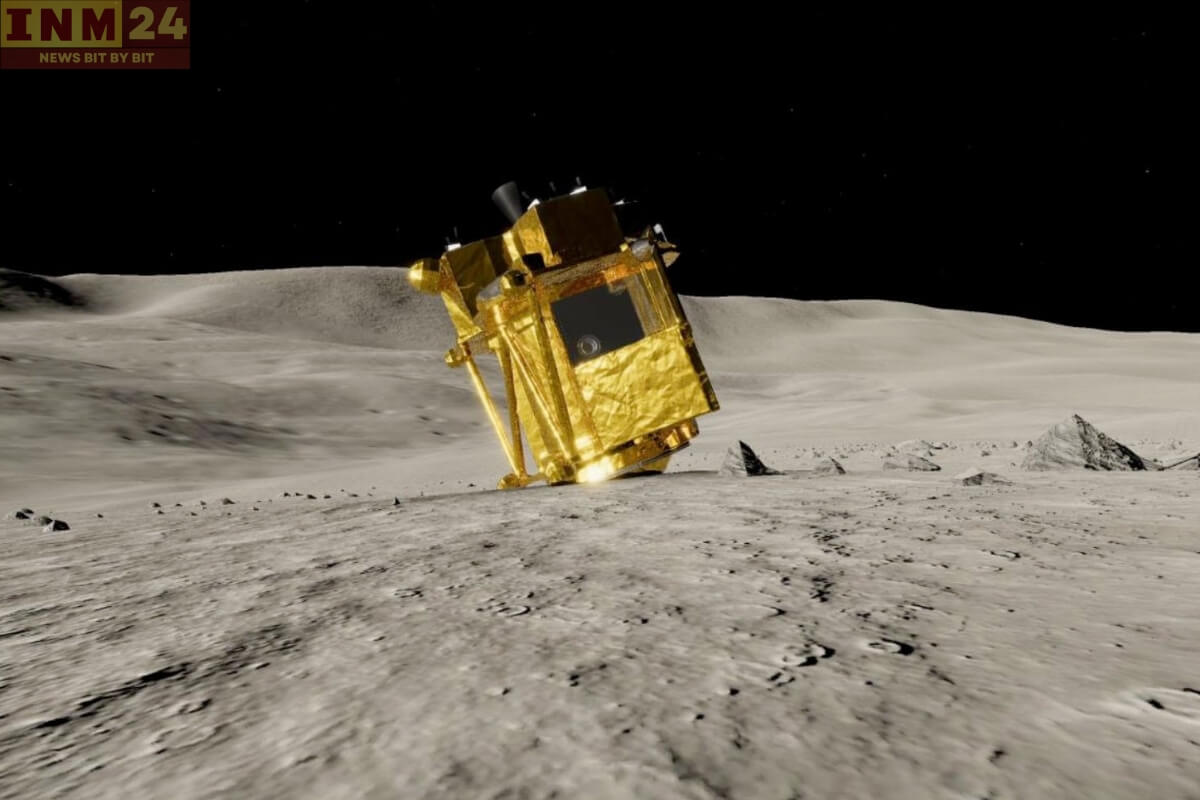In a remarkable demonstration of resilience and engineering prowess, Japan’s Slim Lander has emerged unscathed from the frigid temperatures of a lunar night, marking a significant milestone in the country’s lunar exploration endeavors.
Challenges Faced by Japan’s Slim Lander During Lunar Night
The Slim Lander, a key component of Japan’s lunar exploration program, faced the daunting challenge of surviving the harsh conditions of a lunar night, where temperatures can plummet to -173 degrees Celsius (-280 degrees Fahrenheit). During this extended period of darkness, the lander’s survival was put to the test as it relied on its robust design and innovative thermal management systems to endure the extreme cold.
Despite the formidable conditions, the Slim Lander successfully navigated through the lunar night and has now resumed its operations, signaling a triumph for Japan’s space agency, JAXA (Japan Aerospace Exploration Agency), and the team of scientists and engineers behind the mission.
The return of the Slim Lander to full functionality represents a significant achievement in Japan’s ongoing efforts to explore and understand the lunar environment. Equipped with a suite of scientific instruments, the lander is tasked with conducting various experiments and observations aimed at uncovering the mysteries of the Moon’s surface and subsurface.
Exploring Lunar Geology: Objectives of the Slim Lander Mission
One of the key objectives of the Slim Lander mission is to study the composition and geology of the lunar surface, providing valuable insights into the Moon’s formation and evolution. By analyzing data collected by the lander’s instruments, scientists hope to gain a deeper understanding of lunar geology, including the presence of water ice and other resources that could support future human exploration efforts.
Moreover, the successful survival of the Slim Lander through the lunar night demonstrates the effectiveness of innovative engineering solutions in enabling sustained exploration of the Moon and other celestial bodies. The lander’s ability to withstand extreme temperature fluctuations highlights the importance of robust design and thermal management techniques in space missions operating in challenging environments.
Anticipating Insights: Slim Lander’s Continued Lunar Operations
As the Slim Lander resumes its operations on the lunar surface, scientists eagerly anticipate the wealth of data and insights it will continue to provide in the coming months. From studying lunar geology to investigating the potential for future lunar exploration and utilization, the lander’s contributions are expected to significantly advance our understanding of Earth’s nearest celestial neighbor.
The successful endurance of Japan’s Slim Lander through the cold lunar night represents a testament to the dedication, expertise, and innovation of the scientists and engineers involved in the mission. As Japan continues to make strides in lunar exploration, the Slim Lander stands as a symbol of the country’s commitment to unraveling the mysteries of the cosmos and expanding humanity’s horizons in space.
